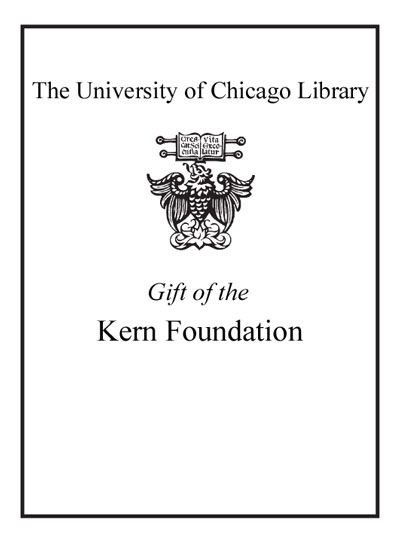Review by Choice Review
In this illuminating book, Goodare (Univ. of Edinburgh, Scotland) explores the subjects of witches and witch-hunts in early modern Europe, 1400-1750, maintaining that these years rather than the Middle Ages were the "witch years." He makes it clear that "although everyone feared witches, they did not all fear them in the same way" and offers readers a linked, fourfold concept of witchcraft to support this view. Goodare identifies the devil worshiping demonic witch, the maleficent village witch, the folkloric witch of literature, and the spectral witch of dreams and nightmares, exploring each in depth in separate chapters. Approximately 50,000 people were deemed guilty of witchcraft by religious or secular courts and executed during this time span. Roughly 80 percent were women, 20 percent were men, and some were children. These figures support the author's argument that witch-hunting was not solely woman-hunting. Chapter 9, "Women, Men and Witchcraft," offers evidence to support his view. An excellent bibliography, a map, charts, and a helpful appendix accompany the book, which complements studies by Brian Levack, The Witch-Hunt in Early Modern Europe (CH, Sep'87; 4th ed. 2016); Robin Briggs, Witches & Neighbors (1996); and Lyndal Roper, Witch Craze (CH, Nov'05, 43-1819). Summing Up: Recommended. Upper-division undergraduates and above. --Louis B. Gimelli, Eastern Michigan University
Copyright American Library Association, used with permission.
Review by Choice Review

